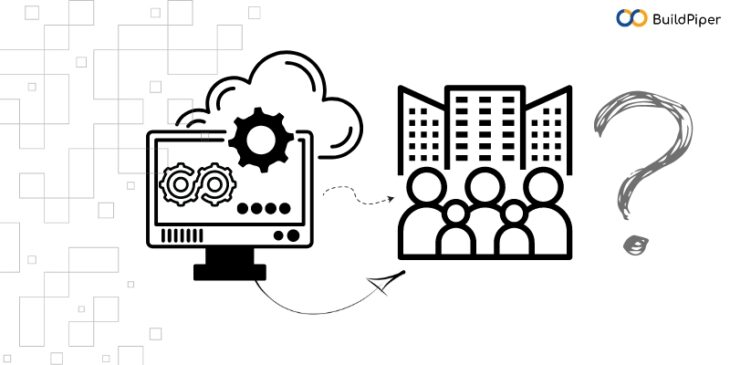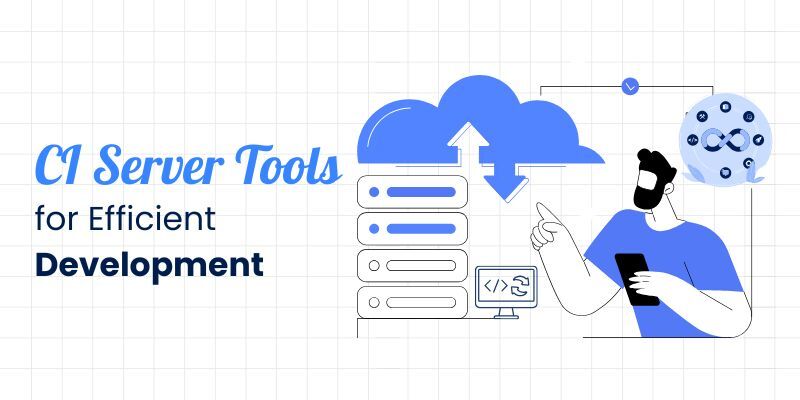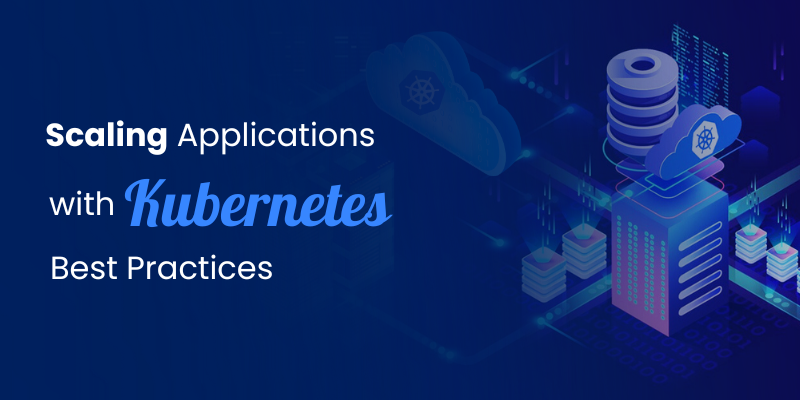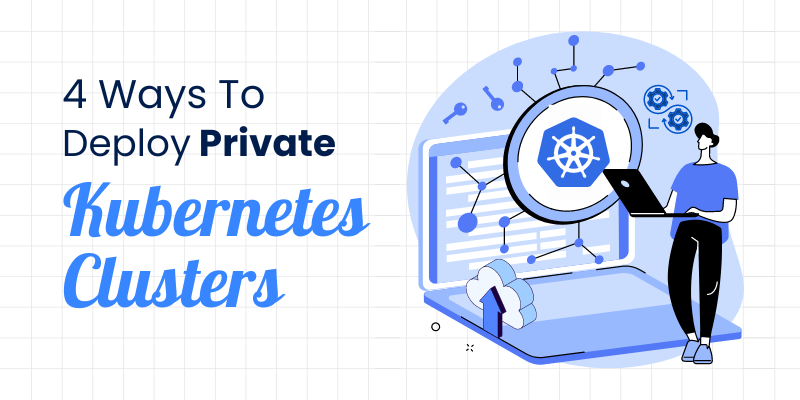
The advent of cloud computing has revolutionized the way businesses operate, providing unprecedented scalability, flexibility and cost-effectiveness. Simultaneously, the rising concerns over data breaches, cyber threats and compliance have compelled organizations to prioritize robust security measures. However, the convergence of two transformative forces, Cloud and DevSecOps, has emerged as the dynamic duo that is reshaping organizations across industries.
When DevSecOps principles are applied to cloud environments, a powerful synergy emerges. The combination of Cloud DevSecOps offers organizations a transformative approach to software development, deployment and security. By integrating security practices directly into the cloud environment, organizations can ensure that security is not an afterthought but an integral part of the development process.
This integration empowers organizations to rapidly respond to emerging threats, identify vulnerabilities early and enforce security policies consistently across their cloud infrastructure. Here, in this blog, we’ll explore how the dynamic duo of DevSecOps and Cloud is reshaping organizations.
The Benefits of Combining DevSecOps and Cloud
The combination of DevSecOps (Development, Security and Operations) and cloud computing can significantly transform organizations in several ways:
- Speed and Agility: DevSecOps practices, combined with cloud computing’s scalability and flexibility, enable organizations to develop, test and deploy apps at a faster pace. By automating processes and leveraging cloud resources, development teams can rapidly iterate and release software updates. This helps to reduce time-to-market and gain a competitive edge.
- Continuous Integration and Deployment: DevSecOps benefits promote a culture of continuous integration and deployment (CI/CD), where code changes are continuously integrated, tested and deployed. Cloud platforms provide the necessary infrastructure and services to support automated CI/CD pipelines. This allows organizations to release new features and fixes more frequently and reliably.
- Enhanced Security: Security is a critical aspect of DevSecOps. By integrating security practices throughout SDLC, organizations can identify and address vulnerabilities early on. Cloud platforms offer a wide range of security features and services, such as encryption, access controls and monitoring. These features can be easily incorporated into DevSecOps workflows to strengthen the overall security posture.
- Scalability and Cost Efficiency: Cloud computing provides on-demand scalability, allowing organizations to allocate computing resources based on their needs dynamically. When combined with incredible DevSecOps benefits, this enables efficient utilization of resources, scaling up or down as required during the development, testing and production phases. The cloud’s pay-as-you-go model also helps optimize cloud costs by reducing upfront infrastructure investments. Also, it enables organizations to only pay for the resources they consume.
- Collaboration and Communication: DevSecOps emphasizes collaboration and communication between development, security and operations teams. Cloud-based collaboration and hybrid cloud implementation tools, such as shared repositories, issue trackers and chat platforms, facilitate seamless communication. Also, they enable teams to work together efficiently, regardless of geographical location.
- Monitoring and Analytics: Cloud platforms offer robust monitoring and analytics capabilities, allowing organizations to gain insights into application performance, resource utilization and security events. Leveraging DevSecOps as a Service helps enterprises gain deep insights into software infrastructure. By integrating monitoring and analytics into DevSecOps workflows, organizations can proactively
– Identify and resolve issues
– Optimize resource allocation
– Make data-driven decisions for continuous improvement
The combination of Cloud DevSecOps enables organizations to accelerate software development, improve security, reduce costs, and leverage advanced monitoring & analytics capabilities. It empowers businesses to stay competitive in a fast-paced, digital-driven world.
[Good Read: Top DevSecOps Tools in 2022!]
How can you implement DevSecOps in your Cloud Strategy?
Implementing DevSecOps in a cloud strategy involves incorporating security practices and principles throughout SDLC. Here are some key steps to consider:
- Security Culture and Awareness: Foster a culture of security awareness across the organization. Educate and train development, operations and security teams on secure coding practices, threat modelling and security best practices specific to cloud environments.
- Automated Security Testing: Integrate automated security testing into the CI/CD pipeline. Use tools such as static code analysis, dynamic application security testing (DAST) and software composition analysis (SCA) to identify vulnerabilities.
- Infrastructure as Code (IaC) Security: Apply security controls to the cloud infrastructure through the use of Infrastructure as Code (IaC) tools like AWS CloudFormation or Terraform. Define security configurations, implement least privilege access controls, enable encryption and leverage other security-related features provided by the cloud platform.
- Continuous Monitoring and Logging: Implement robust monitoring and logging practices in the cloud environment. Monitor application and infrastructure logs, network traffic and security events to detect anomalies and potential security breaches. Leverage cloud-native monitoring tools or third-party solutions to gain visibility into the cloud environment.
- Secure Configuration Management: Define and enforce secure configuration management practices for cloud resources. Implement configuration baselines, regularly assess & remediate any deviations and enforce security compliance standards. Consider using configuration management tools and cloud security services to automate and streamline this process.
- Identity and Access Management (IAM): Implement strong IAM controls to ensure appropriate access permissions and role-based access control (RBAC) in the cloud environment. Leverage multi-factor authentication (MFA) and enforce the principle of least privilege to minimize the attack surface.
- Threat Intelligence and Incident Response: Stay informed about the latest security threats and vulnerabilities specific to cloud environments. Establish an incident response plan and regularly test & refine it through simulation exercises. Leverage threat intelligence sources, security advisories and cloud provider security services to proactively identify and respond to security incidents.
- Collaboration and Communication: Foster collaboration and communication between development, security and operations teams. Encourage the sharing of security-related information, promote cross-functional collaboration and establish regular meetings during SDLC. Also, build checkpoints to address security concerns throughout multi-cloud and hybrid cloud implementation.
- Compliance and Auditing: Ensure compliance with relevant regulatory requirements and industry standards. Regularly audit and assess the security posture of the cloud environment, conduct penetration testing and perform vulnerability assessments to identify and address any weaknesses.
- Continuous Improvement: Embrace a culture of continuous improvement by collecting feedback and metrics related to security practices and outcomes. Regularly evaluate and refine security processes, tools and technologies to adapt to evolving threats and industry best practices.
The implementation of DevSecOps in a cloud strategy requires an ongoing commitment to security, collaboration and continuous improvement. It should be a collaborative effort involving developers, operations teams and security professionals. The main idea should be to follow a holistic and robust security approach throughout the software development lifecycle in the cloud environment.
Revolutionizing Your Business is EASY NOW!
If you wish to take your business to new heights of efficiency, security, and innovation? Look no further than our cutting-edge Cloud and DevSecOps services! With the power of cloud computing and the robustness of DevSecOps, we deliver a comprehensive solution that will transform the way you operate.
Experience the true power of synergy by combining our DevSecOps and Cloud Platform Engineering services. Together, they provide a holistic solution that optimizes your business operations, maximizes efficiency and enhances collaboration. Leverage our cloud-based infrastructure to rapidly deploy, scale and manage your applications while benefiting from our DevSecOps as a Service offerings.
Our security experts and cloud architects provide dedicated support throughout your Cloud and DevSecOps journey. From initial implementation to ongoing maintenance, our experts are here to address your concerns to ensure a smooth & successful transformation.
A DevSecOps platform such as BuildPiper can also help. It enables teams to integrate security practices right from the beginning, ensuring that security is built into every stage of the development process. This helps in identifying and addressing security risks early on, reducing the chances of vulnerabilities being introduced into the software.
What’s unique ABOUT US?
- Unparalleled Expertise: Our team of skilled professionals brings a wealth of experience in cloud platform engineering and DevSecOps practices. We ensure you receive top-notch services tailored to your unique needs.
- Seamless Integration: We understand the complexities of migrating to the cloud and implementing DevSecOps. Our experts will guide you through the process, ensuring minimal disruption and maximum success.
- Continuous Innovation: We stay ahead of the curve by adopting the latest technologies and industry best practices. Rest assured, you’ll always have access to cutting-edge solutions that drive your business forward.
- Unrivalled Support: Our dedicated support team is available around the clock to address any queries, concerns or issues you may encounter. We’re committed to your success and strive to exceed your expectations.
Embrace the power of Cloud and DevSecOps services today, and take your business to the next level. Contact us now to schedule a consultation and unlock the true potential of your enterprise!



